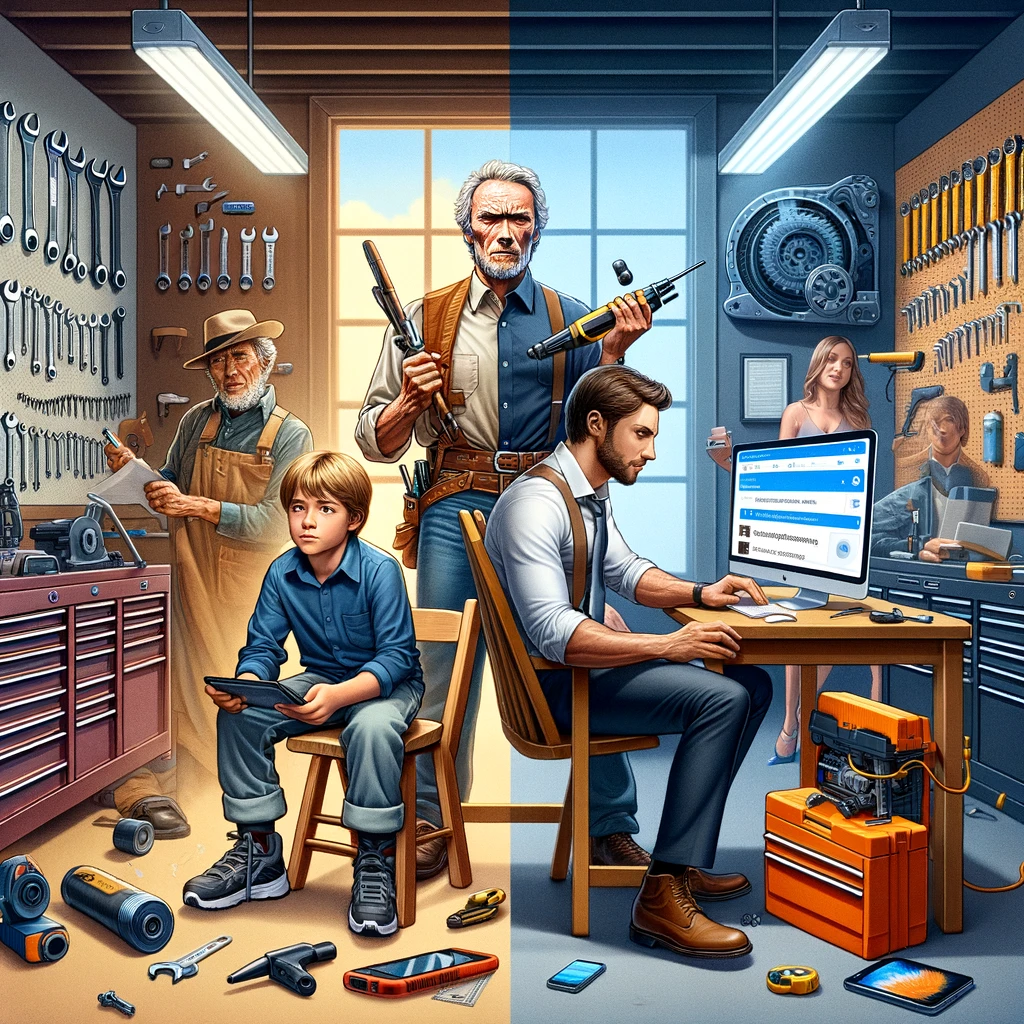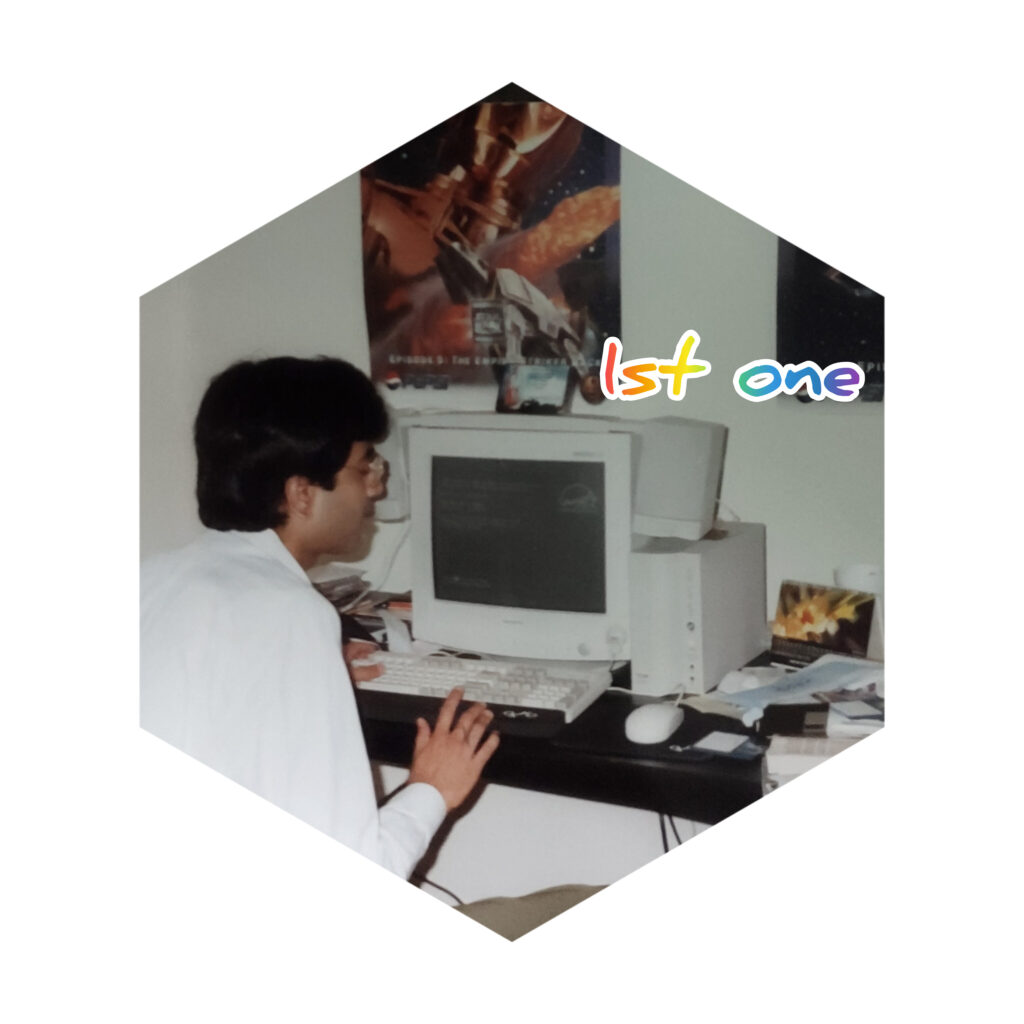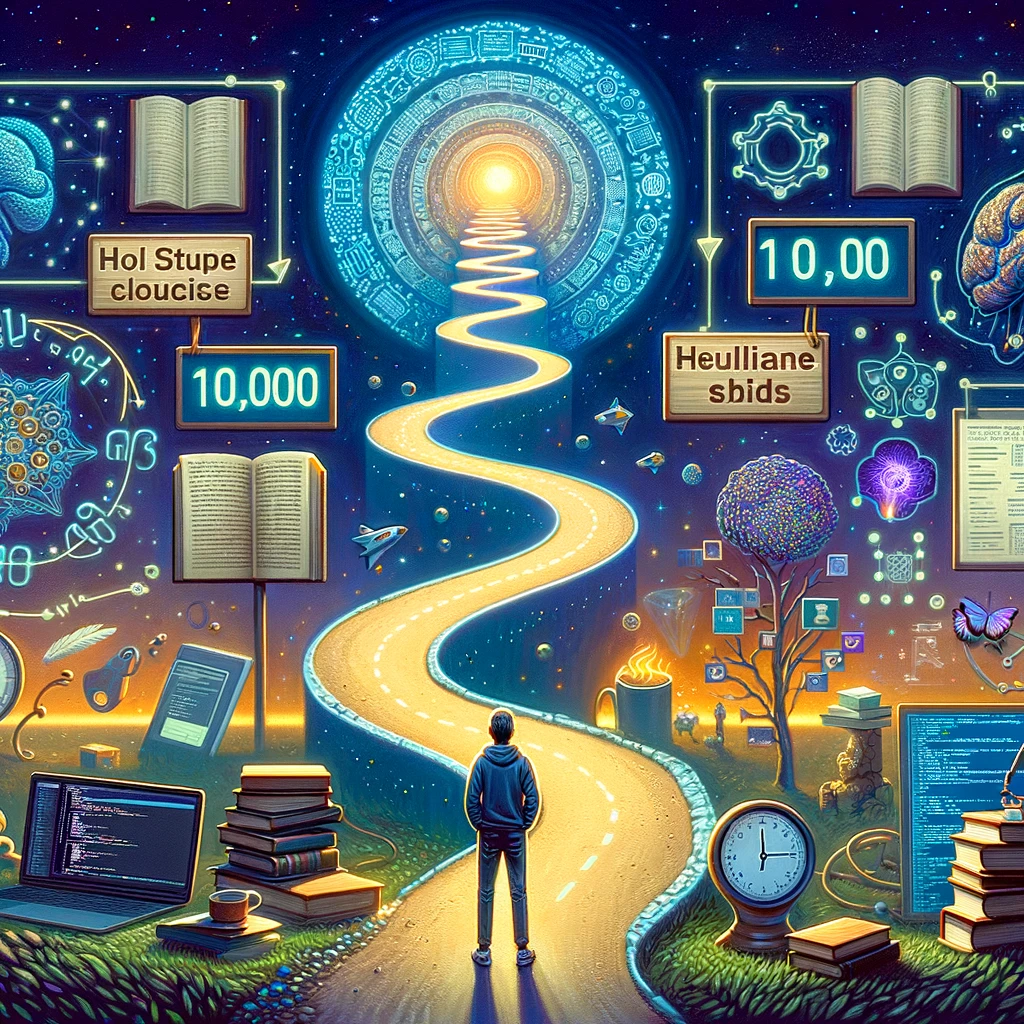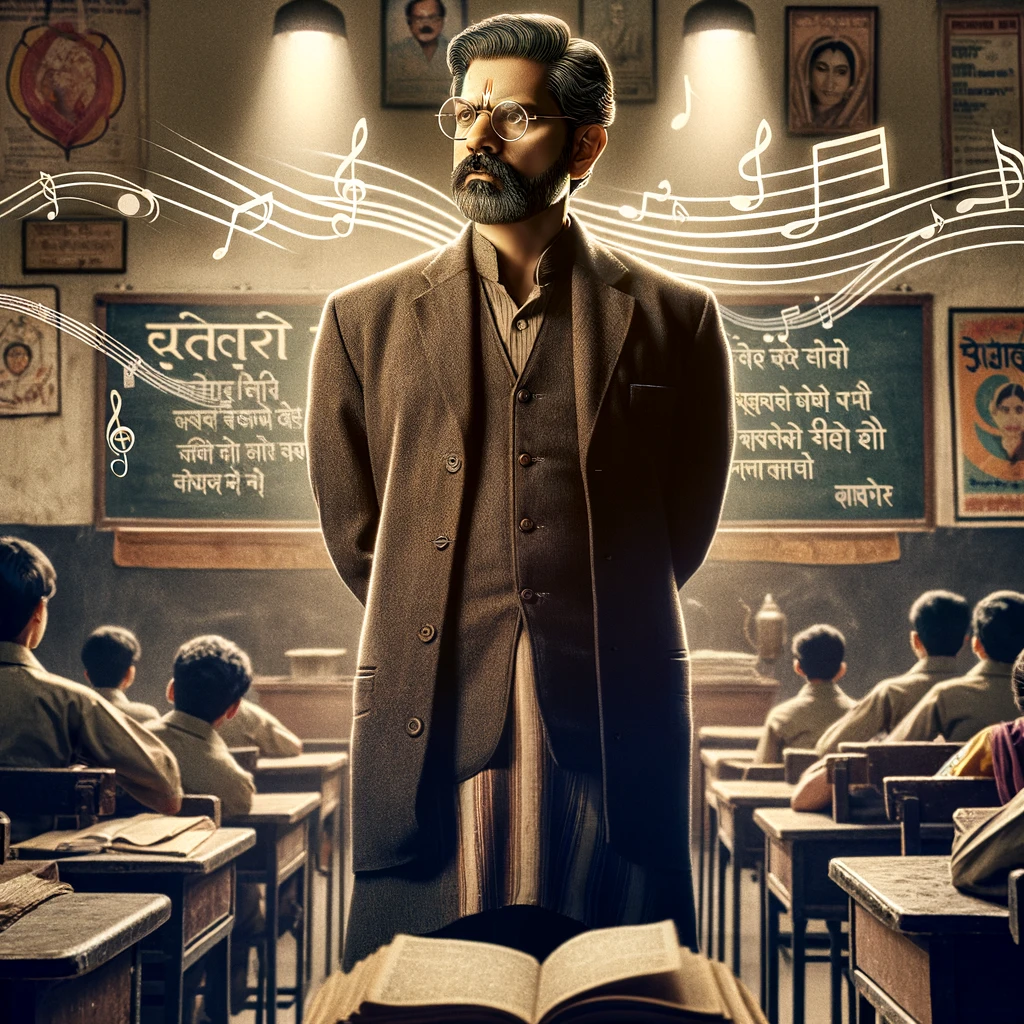
In the movie Grand Torino, Clint Eastwood’s character takes a young boy to a tool store. They buy tools and other items like a tool bag and a tool belt for the boy’s new construction job.
This made me think about how workers like plumbers bring their own tools to work. Imagine if a plumber came to your house and asked if you had a wrench? So why do office workers expect their company or clients to give them all the tools they need?
Think about IT tools like a computer. Why should a worker only depend on their company to provide these important tools? This might have started in the 90s when computers were expensive or needed to be brought in from other countries. Or maybe the company had special stuff on the computer that only they could provide. It could also be because computers were heavy and hard to carry around. Or perhaps it’s just an old practice from when offices would supply things like pens and paper to their desk workers.
Now, when laptops are cheaper than the common iPhone, what’s stopping us?
Or, if we believe a smartphone is enough, why not add accessories to help with daily work? Either way, it’s time to own the tools we need for our work.

This concept came naturally to me. I’ve always purchased my own IT equipment. In fact, I was thrilled when I bought my first computer in the USA in 1997. My boss, Steve, was quite puzzled by my excitement. Since then, I’ve continued to buy my own equipment, unless a company, like Satyam, provided a laptop for security reasons.

Talking about a laptop, it also makes working much easier because you can do it from anywhere. My first laptop was given to me by the company (they were really costly back then) and my boss Steve was glad that I was working from home during the weekend. But my main goal wasn’t just to work. I wanted to enjoy the freedom of moving around. So, I connected to the office network anyway, and my coworkers were annoyed at how much time I was spending online according to the Novell LAN logs.
However, my online presence wasn’t just about work. It was also about learning and growing. I used my laptop to educate myself on new technologies, programming languages, and software. I spent hours exploring the depths of the internet, reading articles, participating in forums, and downloading resources to expand my knowledge. This self-learning not only enhanced my skills but also made me a more valuable asset to my company. As time passed, I realized that owning my own IT equipment was more than just a convenience, it was a means of personal and professional growth. Now, as we move further into the digital age, I believe it’s more important than ever for workers to take ownership of their tools, just like a plumber with his wrench.
So, it’s a good idea to buy your own tools and enhance your online skills.
In conclusion, the evolution of technology and the shift towards remote work have created a new paradigm where self-sufficiency is key. Whether it’s a laptop, a smartphone, or a set of software skills, owning and maintaining your tools gives you the freedom and flexibility to navigate your career path. Just as a craftsman takes pride in his toolbox, we too should invest in and cherish our digital tools. They not only enable us to perform our jobs efficiently but also empower us to continually learn, adapt, and grow in this ever-evolving digital landscape.
Tailpiece: By the way, Dirty Harry, a character played by Clint Eastwood, owns his own tools—Smith and Wesson guns 🙂



